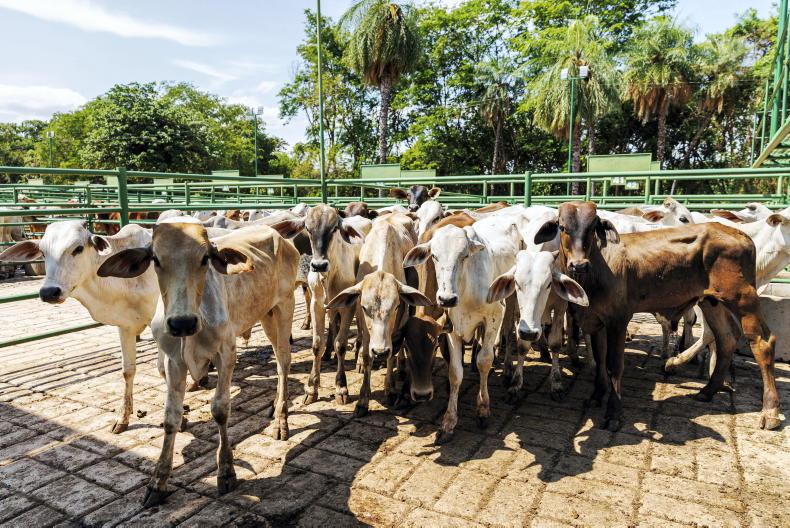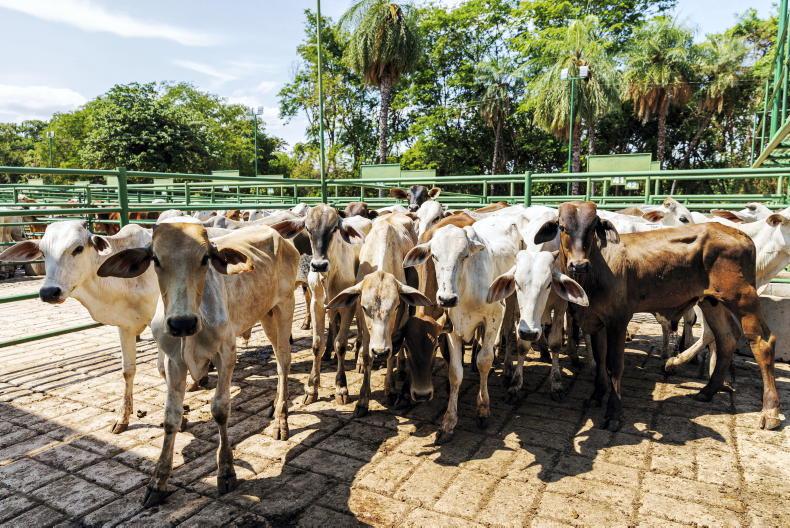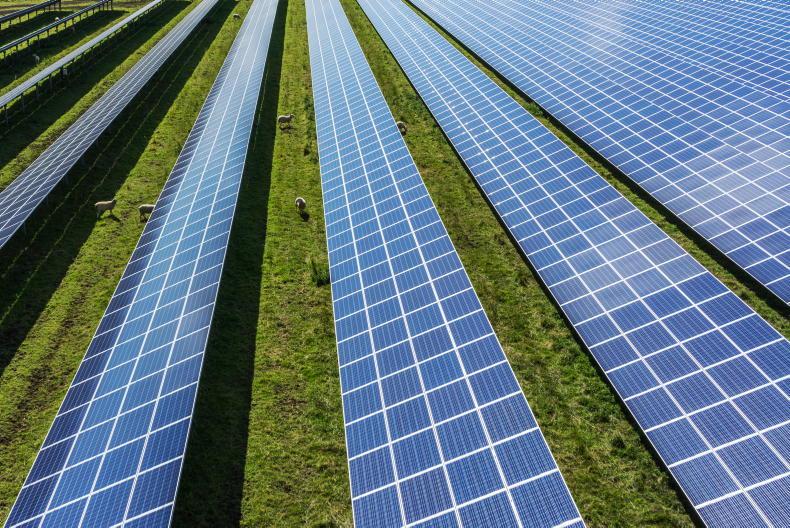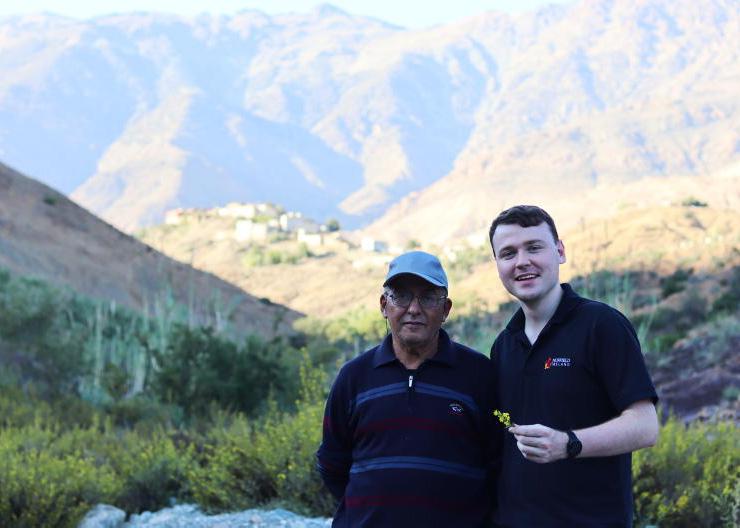In the early 20th century, Brazil was importing food to feed its people. However, in the 1960s, the government incentivised domestic food production to drive self-sufficiency.
As agriculture expanded, the northern states of Mato Grosso and Matopiba became the new farming frontier, where farmers began clearing forest to convert land into agricultural production.
By 1990, Brazil was self-sufficient but Brazilian farmers continued to expand and vast areas of the rainforest continued to be cleared in the name of agriculture.
Between 1990 and 2000, an average of 1.6m ha of forestry were cleared every year in Brazil, according to Mongabay, a non-profit environmental media agency in Brazil. In 2004, almost 2.8m ha of rainforest were cleared in Brazil.
Since 2007, Brazil’s government has made efforts to curb deforestation, but still 650,000ha of rainforest were cleared in the country last year.
Deforestation has been on the rise again. During May 2019, some 74,000ha of Amazon rainforest was deforested, in addition to 86,300ha of Cerrado savanna. Combined, that’s more than the area of Co Leitrim.
Enforcement of the Brazilian forest code is almost non-existent, and strengthening its implementation is one climate commitment mentioned among the conditions to the Mercosur trade deal.










SHARING OPTIONS